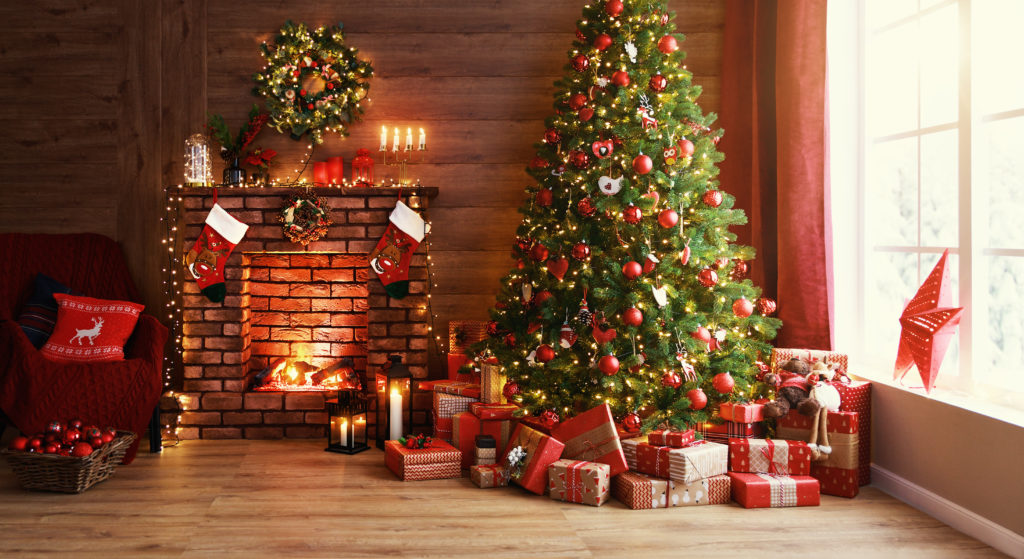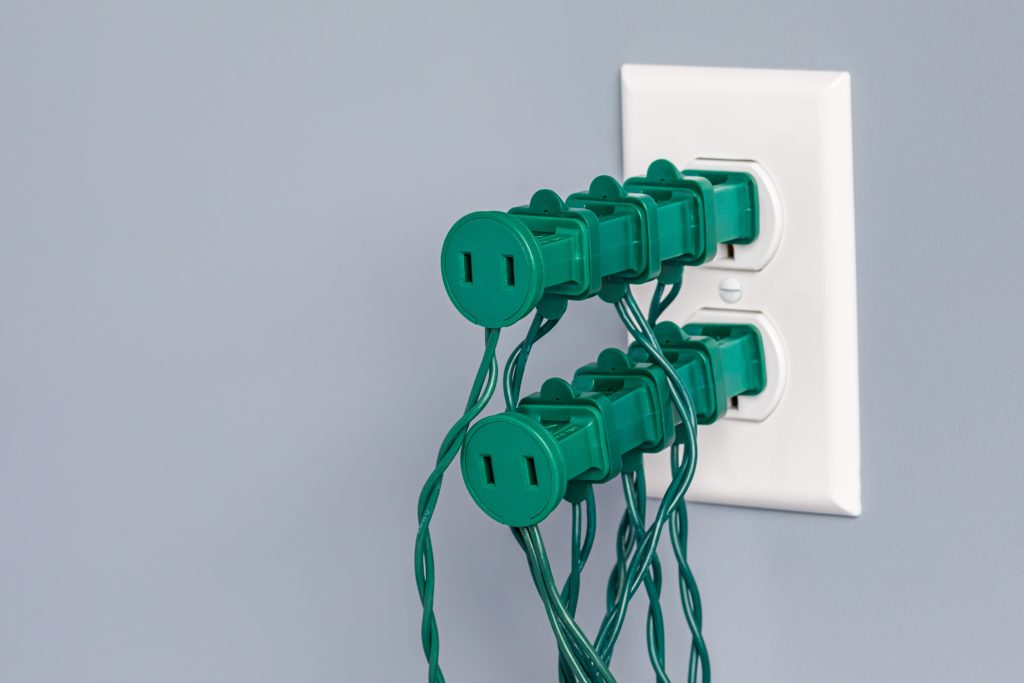As the Holiday Season approaches in the United States, it is a good time to take a look at several ways that the festivities can go awry.
For people that have cool or cold weather during winter, the thought of a warm, cozy home can be very comforting. However, many of the things that come to mind can turn the season on its head very quickly. Candles are a great example of a decorating trend with potentially serious side effects. The good folks at the National Fire Protection Association (NFPA) tell us that more than one-third of home decoration fires are started by candles, with more than two of every five decoration fires occurring because decorations were placed too close to a heat source. One fire I responded to as a firefighter occurred because a can of air freshener was placed too close to a candle. The result was a burst can that became a flamethrower and ignited the couch. Candles add a nice touch to the ambiance of a room, but they can turn into a disaster if they are not used cautiously.
The addition of lights to the exterior or interior of a home can add to the festive mood. However, when used improperly, the mood can turn rather quickly. The use of extension cords to supply power to holiday lights must be done with great care. You should not overload the circuit that the lights are on. If a breaker trips, this is probably a sign that you need to inspect and rethink the load on the circuit. The lights themselves should be used strictly in the location they were designed for. Many lights are rated for indoor use only and should never be used outdoors where they will be exposed to the elements. Any lights with cut, damaged, or otherwise worn chords should be replaced. Always consult the manufacturer’s instructions for light strings that can be connected in series. Never exceed the maximum number of strings recommended to be connected in a series.
Lights naturally leads us to…..trees. Christmas trees can add a lot to the spirit of the season. For those that choose to have a live Christmas tree, special care must be taken. The NFPA tells us that almost one third of Christmas tree fires are caused by electrical problems. Additionally, more than one in every five of the tree fires are caused by a heat source too close to the tree. Live trees require a lot of attention, and the water must be checked daily and added to as necessary. Dry Christmas trees burn with a ferocity that most people don’t appreciate. There has been some interesting research done regarding Christmas tree fires by the NFPA. This research involved live burns with a simulated room and furnishings and a Christmas tree. Videos are available online (here’s one) which show demonstrations of the rapid fire growth seen when a dry Christmas tree catches fire. Some show the entire room involved in under a minute. I have participated in test/training burns utilizing dry Christmas trees with the Fire Service and have personally witnessed the dramatic fire growth and extreme heat released in a short amount of time. This is definitely something you do not want to occur in your home.
One item that is often overlooked but is very crucial is that smoke detector that is hopefully installed in your home. You did check your batteries with the seasonal time change as we “fell back” to standard time from daylight savings time, didn’t you? Modern furnishings burn quite quickly, making early detection of a fire extremely important for escape and survival. As you decorate your home for the season, take a few minutes to test your smoke detector and replace the battery if so equipped. The extra piece of mind will be worth it for the holiday season.
However you choose to celebrate the season, be sure that you are using lights in the manner that they were intended to be used, take care of your live tree if you have one, don’t overload circuits and make sure your smoke detector is tested and waiting patiently to help protect your life and property in the event that disaster strikes.
Chad Jones, PE, CFEI, CVFI, CMSE has a Bachelor of Science in Mechanical Engineering from Clemson University. Chad has over 20 years of engineering experience including mechanical, process, and manufacturing engineering. This work has included equipment design, machine safeguarding, cost estimating and safety compliance. Chad also has over 10 years of commercial, industrial, and residential HVAC and plumbing design experience. A lifelong auto and motorcycle enthusiast, Chad is accomplished in the maintenance, repair, and modification of vehicles and engines. Chad is a Certified Fire and Explosion Investigator, Certified Vehicle Fire Investigator, and IFSAC certified Firefighter II in Greenwood County, South Carolina.





